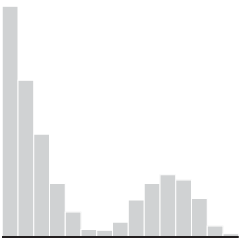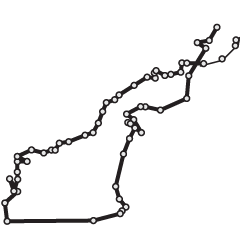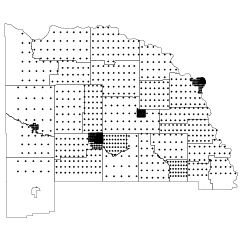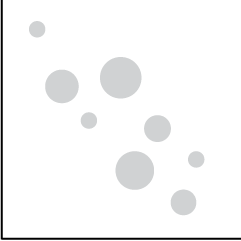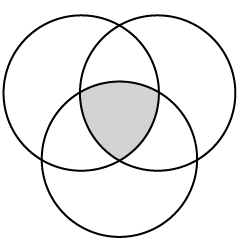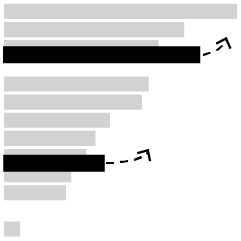Following their animated and narrated visualization on political contributions over time, VisPolitics maps Boston political donations in MoneyBombs.
This video of the Boston metropolitan area reveals the geographic distribution of political donations made by individuals throughout 2012. We identify two types of temporal bursts of campaign contributions. We call both “moneybombs” because they reveal a temporal clustering. The first type occurs when many small donations are given on the same day to a candidate. We call this a grassroots moneyb omb. The second are bursts of extremely large donations, that take advantage of campaign finance laws and allow individuals to donate more than the traditional $5,000 limit. We call this the Joint Committee moneybomb.
Like in the first project, the narration provides a clear view of the data in front of you. There are also videos for just presidential donations and Republican and Democratic donations.
[Thanks, Mauro]

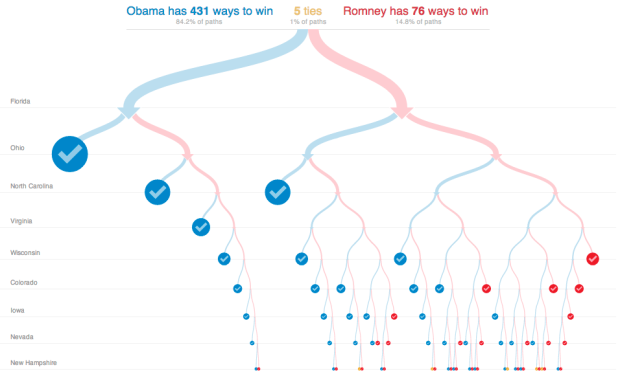
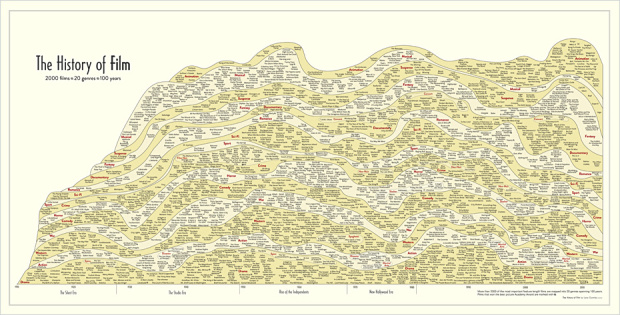
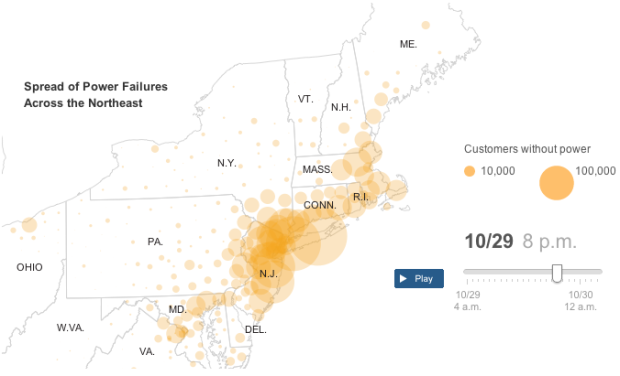
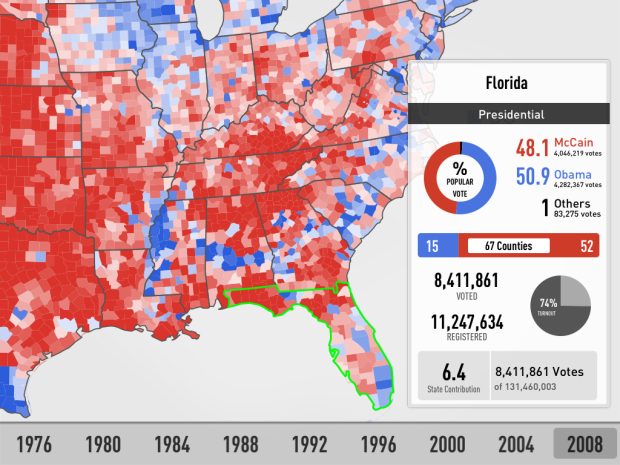
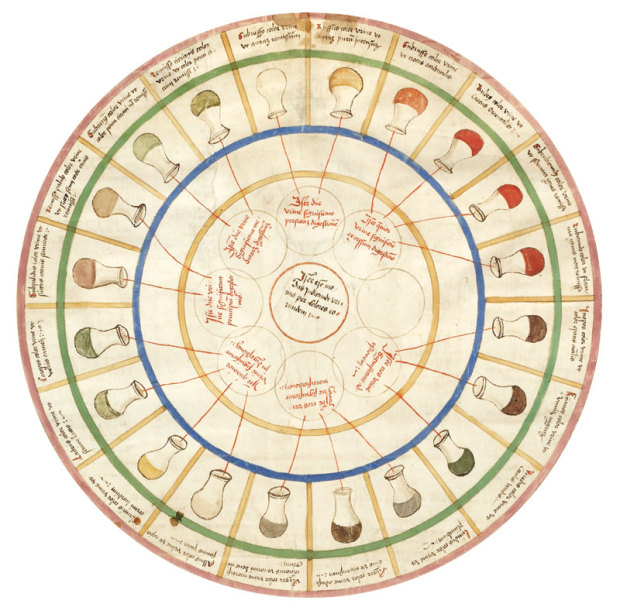
 Visualize This: The FlowingData Guide to Design, Visualization, and Statistics (2nd Edition)
Visualize This: The FlowingData Guide to Design, Visualization, and Statistics (2nd Edition)
